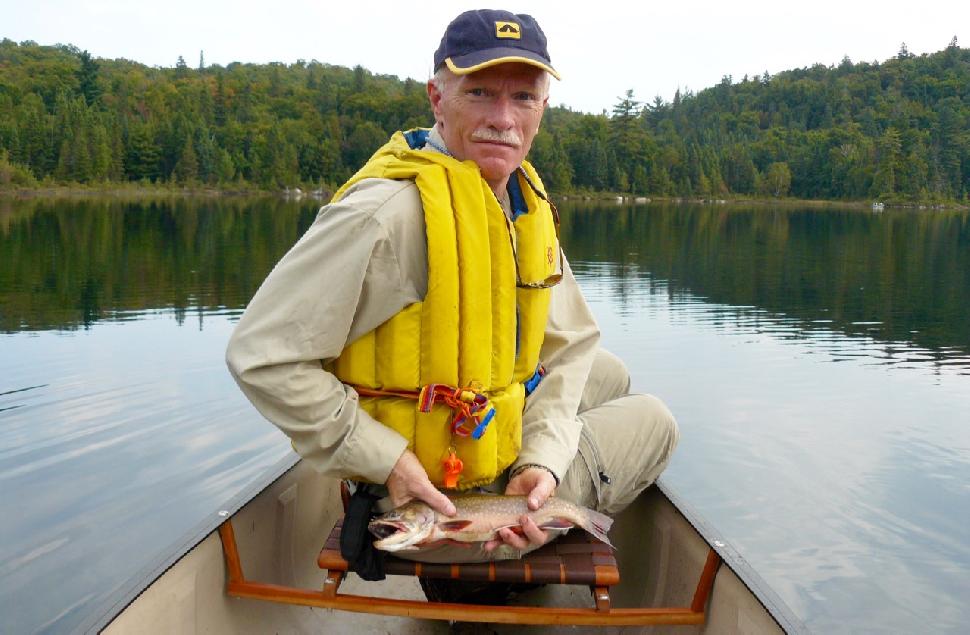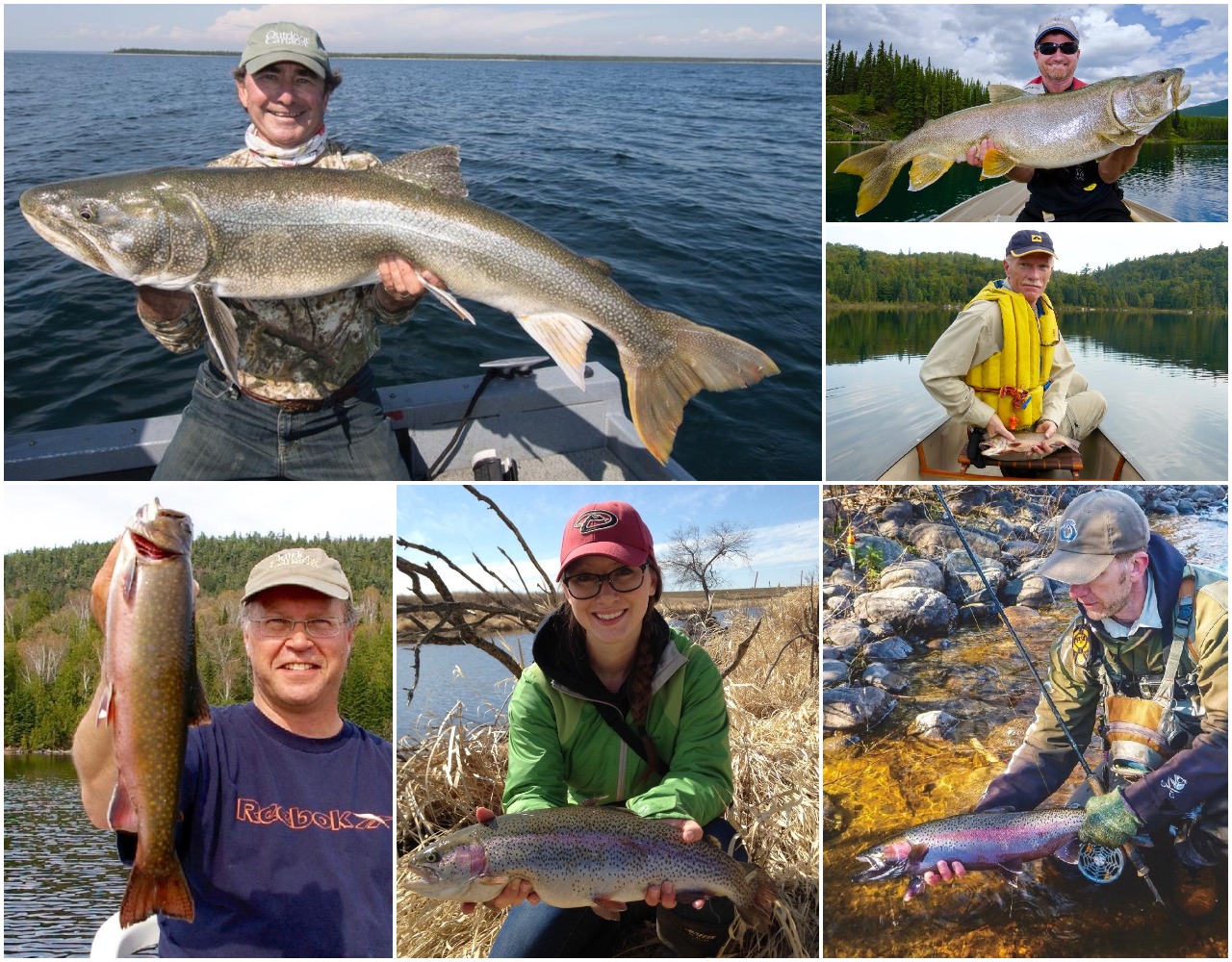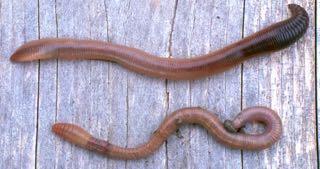TOP TROUT TAKES
Expert fishing secrets for catching more (and bigger!) early-season brookies, lakers and rainbows
Advertisement

BROOK TROUT
Expert: John Winters
Secret: Flipping
John Winters caught his first brook trout about 50 years ago in the Credit River behind his family’s auto shop in Erin, Ontario. He was just seven years old. “I had to be stealthy,” says Winters, a former superintendent of Algonquin Provincial Park, home of the world’s most southerly, naturally sustaining brookie population. “There was one good hole behind the garage, and I was told that was as far as I could go. So I learned how to flip.”
For Winters, flipping means tossing a worm underhanded, with a small, single splitshot about 12 inches above the hook on six-pound-test monofilament line. “I’d flip the worm into the hole and let it sink naturally,” he says, all the while avoiding snags on an overhanging cedar. “I got so good, I could flip a nightcrawler into a pail 20 feet away.”
Advertisement
As Winters grew older, he wandered the entire length of the west Credit, as well as many of the famous trout streams that flow through the Bruce Peninsula, picking apart every pocket that held trout. He spent countless hours on the rivers, making his way through the dense tangles of alder and overhanging branches. He even carried a hatchet to cut secret trails to the best holes. And Winters says he was never skunked.
“The toughest part about stream fishing for brook trout is figuring out how to get the worm (above)—it is always a worm—into the deepest holes without hanging up, breaking your line and spooking the fish,” he says.
Advertisement
While some purists may snub their noses at Winters’ use of a nightcrawler, he says he became so proficient using the simplest of all possible techniques that he hooked nearly every fish in the lips. No wonder he laughs quietly to himself today when he hears bass pros say they won a tournament by flipping. Says Winters: “That is not flipping.”


